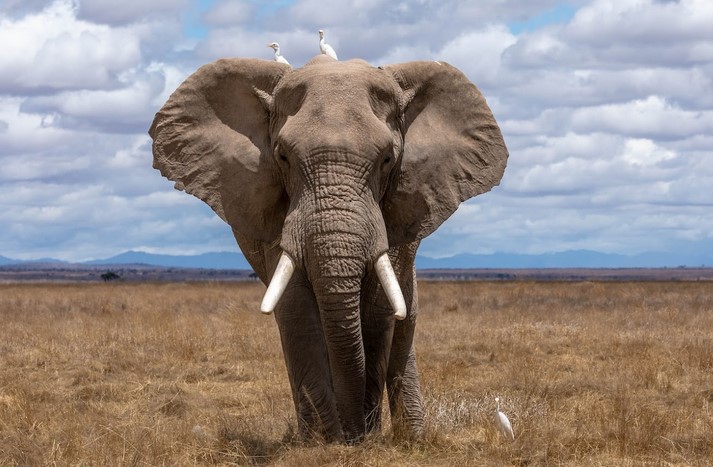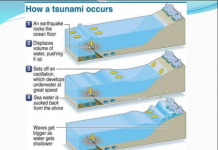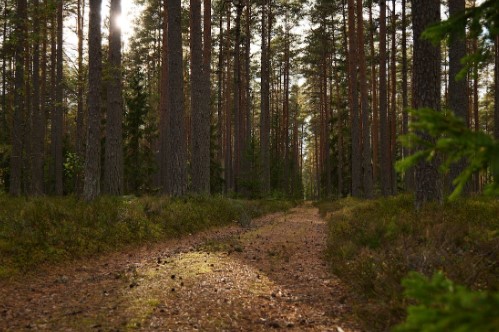Animal Habitats And All You Need To Know About Them
Animals of all shapes and sizes inhabit the earth, from towering giraffes to tiny ants. Wherever these creatures live is known as their habitat. This applies whether you’re discussing life in the Sahara Desert or on a Coral Atoll. It’s critical for humans to protect these areas as they remain a part of our planet’s diverse ecosystem. In this article, we’ll discuss all you need to know about animal habitats.

What is A Habitat?
A habitat is the natural environment of an organism, including communities of living organisms (e.g. animals and plants). Every species has its own specific habitat requirements that must be met in order for it to thrive. It’ll require conditions such as water, food sources, shelter from predators, or access to mates. For example, fish often live in rivers or near shorelines. This is because they need access to oxygen-rich water for respiration, and nutrients for energy metabolism.
Some animals may even migrate between different habitats throughout the year, when environmental conditions change or when food becomes scarce in one region. There’s an abundance of resources on this subject, whether you’re an adult or a schoolchild. The internet can direct you to animal habitat videos for children, and they feature things like discussion questions, reading material, and DIY activity guides. There are also teacher resources, online quiz games, and assessments.
Types Of Animal Habitats
Marine habitats are the largest of all, covering 71% of the earth’s surface. These ecosystems can be found in oceans, rivers, seas, and estuaries. They provide shelter to a diverse range of animals (such as whales, dolphins, fish, jellyfish, crabs, and starfish). Aquatic habitats are divided into two main types – freshwater (rivers and lakes) and saltwater (oceans). These habitats can provide a home to many different species of fish, amphibians, invertebrates, and other animals.
Terrestrial habitats include forests, grasslands, deserts, and scrubland. They help regulate climate patterns, by storing carbon dioxide in plants. In turn, this reduces the potential for global warming. Examples of terrestrial animals include squirrels, rabbits, snakes, and lions. Arboreal (or tree) habitats are generally located within forests. The trees offer both food sources and safety from predators, due to their height off the ground. Monkeys often make use of tall trees by swinging through branches, while birds tend to nest higher up.
Fragmentation And Pollution
Fragmentation occurs when a large area of land is changed and divided into smaller pieces, resulting in the habitat being split up. This can be caused by deforestation, agricultural development, urbanization, mining, road construction, and other activities that destroy natural habitats. These changes have a direct impact on animals living in the affected regions, as it affects their access to resources (such as food and shelter).
Pollution is a major threat to animal habitats and has been a significant problem for many years now. Air pollution from industrial processes or vehicles affects the air quality in an area. In turn, this can cause respiratory diseases among animals living there. Water pollution from industry or agriculture makes water sources contaminated. It also reduces oxygen levels, which can be deadly for aquatic species. Furthermore, chemical pollutants (such as fertilizers or pesticides) used in farming can damage habitats, by reducing biodiversity or killing off entire populations of animals.
Habitat Loss
This is perhaps one of the most common threats to animal habitats across the world today. It occurs when natural landscapes are converted into developed areas such as farms or cities. This is often due to human population growth and development activities.
This leads to a decrease in available space for wildlife species. In turn, it results in fewer resources that they need to survive (e.g. food, shelter, nesting sites, etc.). This can cause the extinction of some species if the issue isn’t addressed quickly enough.







